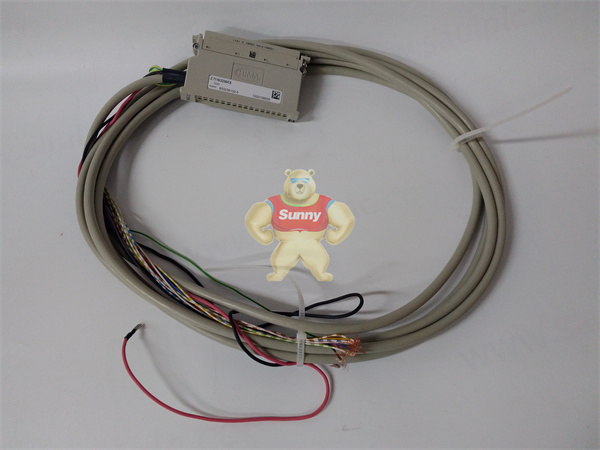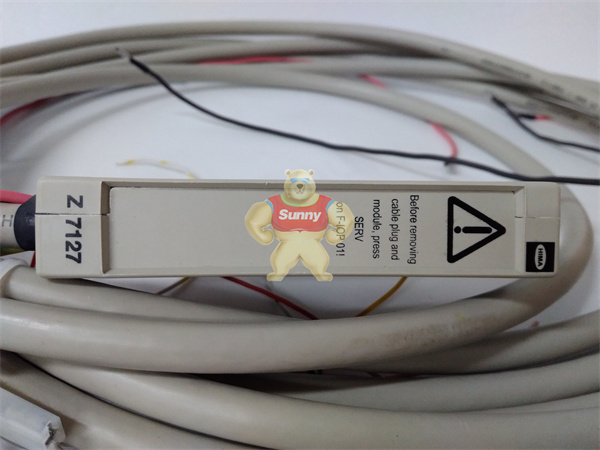At the moment when global manufacturing enterprises are accelerating the transformation of intelligent manufacturing, the industrial Internet has swept the world and facilitated a variety of industrial communication methods. But whether it is industry research reports, or statistics from automation companies or industrial communication solutions, one fact can be seen that industrial Ethernet is beginning to dominate the global industrial network market, replacing the fieldbus network that has dominated for decades.
Changing winds in industrial communications
Fieldbus, as a real-time control network that connects the field controller and intelligent instrument equipment at the bottom of the automation, can be said to have ended the era of 4-20mA analog signals, and made the industrial network officially enter the digital era. The appearance of fieldbus has brought many benefits, such as reducing wiring, speeding up diagnosis and additional information, but in the actual development process, there are too many fieldbus technologies. These standards are not only different types, but also different communication protocols, so there is never a unified standard, only a multi-standard compromise standard. Among these standards, the dominant one is PROFIBUS, which was born in 1989.

Z7116 933236100

Z7116 933236100
PI North America is a non-profit trade organization founded in 1994 as the PROFIBUS Trade Organization. It is obvious from the name that they promote fieldbus technology such as PROFIBUS, and after the name change, they became a member of the North American promotion under the umbrella organization PI, and at this time they promote not only PROFIBUS, but also PROFINET, an industrial Ethernet technology born in the early 2000s. According to PI North America, there are currently four PROFINET nodes sold for every PROFIBUS node sold, which shows the huge gap between the two.
The reasons for the gap
The formation of such a gap is not unreasonable, this can be seen from the performance, due to the limitations of the physical layer, the use of RS-485 PROFIBUS can only achieve 12Mbit/s speed, while the Ethernet based PROFINET can achieve 100Mbit/s or even 1Gbit/s speed.
In addition, the PROFIBUS message size is only 244 bytes, the address space is limited to 126 devices, PROFINET message size is up to 1440 bytes, and there is no address space limit. Therefore, the transformation of fieldbus to industrial Ethernet technology that we see is actually the migration of industrial communication to modern technology.
AC500 series PLC /ABB
Field equipment manufacturers are also clear-eyed, fieldbus technology limits the performance of the control system development, and now their products are beginning to provide industrial Ethernet support, and support a variety of industrial Ethernet protocols. Engineers and developers also understand the technology, and the relevant operational experience is already extremely rich.
However, according to HMS statistics, although the market share has fallen slightly, fieldbus still occupies 27% of the market. This is because the existing fieldbus equipment base is huge, as long as before the Ethernet technology such as PROFINET came out, the fieldbus such as PROFIBUS has been cultivated for more than ten years, with tens of millions of nodes.
While building new projects is still more likely to use industrial Ethernet, vendors that have already invested in fieldbuses can continue to add PROFIBUS nodes. We say that the cost performance of industrial Ethernet construction is constantly improving, but if you want to build a certain scale of industrial Ethernet network, it is not more affordable than directly using the existing fieldbus. So to see the retirement of fieldbus, it will have to wait a long time.
 1 Year Warranty
1 Year Warranty





